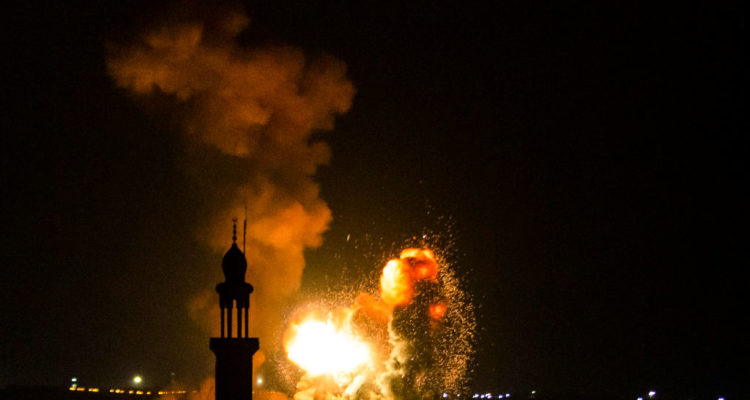The Gaza Strip is among the most densely populated and impoverished parts of the Middle East. It is also one of the most beleaguered places on earth, ruled by the Islamist Hamas, crushed by an Israeli (and Egyptian) blockade and exhausted by clashes with Israel. So far, fighting between militants and Israel has done nothing to deliver progress towards a political settlement that might release Gaza’s residents from what is effectively an open-air prison.
But there is some reason to hope that the latest flareup of violence—now halted by a fragile ceasefire—will be different. Israel’s recent military campaign, Operation Breaking Dawn, targeted the Palestinian Islamic Jihad, Gaza’s second-largest militant group. And for only the second time—the first being during Israel’s Operation Black Belt in 2019—Hamas did not join the fight. Instead, it merely condemned ‘Zionist aggression’ against Palestinians—44 of whom were killed, including 15 children and four women, some by Islamic Jihad’s own misfired rockets—and mourned the conflict’s ‘righteous [Palestinian] martyrs’.
This does not mean that Hamas has turned its back on armed struggle. But it does suggest that Hamas is seeking to strike a balance between its ethos of resistance and its responsibility to Gaza’s destitute population. It seems to be betting that, through indirect negotiations, it can achieve a more durable truce with Israel that could enable Gaza to achieve stability and economic rehabilitation.
Read the article Shlomo Ben-Ami at The Strategist.

